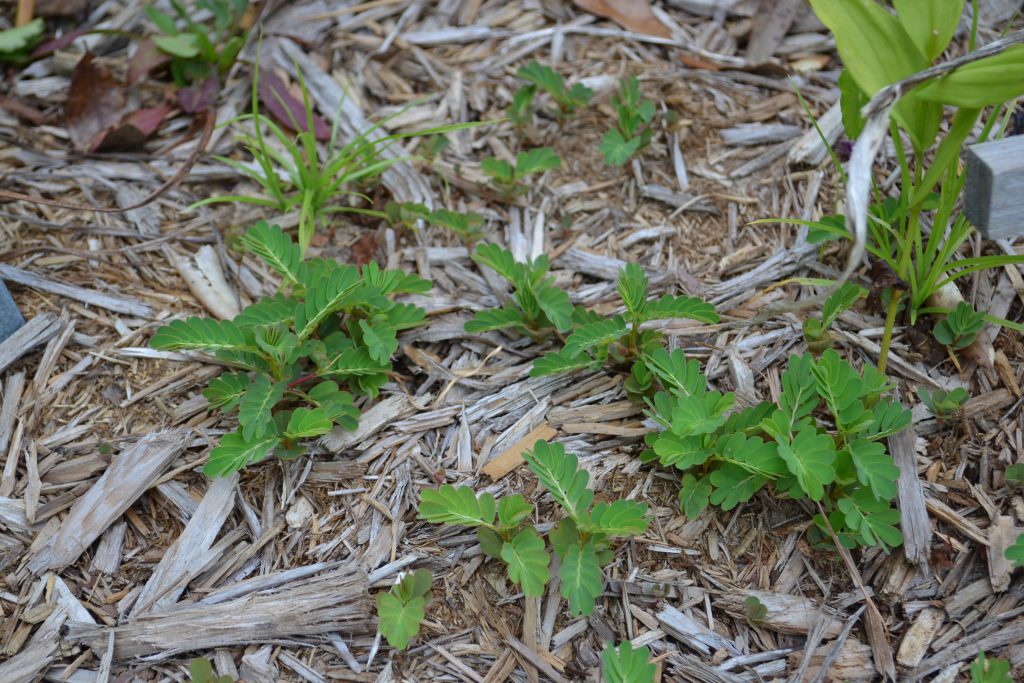Weed control is never ending in Florida landscapes. If there is a bare area of soil, weeds take advantage of that void and make themselves at home. Ideally, we would use good cultural practices that minimize weed invasion, but if prevention is ineffective and you need to use an herbicide, make sure you are using that tool properly.
When I talk to homeowners and commercial applicators about weed control, many times they have selected the appropriate product but are still struggling with management. While troubleshooting the problem, many times I discover, the reason is related to poor uptake because the client is not making herbicide applications to what I like to call “happy weeds.”
When using an herbicide, you need to think about how it works. Not the deep level chemical reactions, but rather consider how the active ingredient is going to be delivered to whatever physiological function of the plant it is targeting.
- Does the herbicide need to be absorbed by the leaves/stems/roots?
- Once absorbed, does it need to travel through the vascular system of the plant (translocation)?
- What effect will temperature, moisture, mowing/trimming have on product uptake?
All these factors are very important because if a plant is stressed, the primary response is survival. During excessively hot weather plants close off stomata, form waxier surfaces, and do everything they can to retain moisture – which also includes reduced absorption of herbicides. In cool weather, the plant may be dormant or have slowed growth that will reduce translocation.
Mowing and trimming reduces leaf surface area minimizing uptake. Overcoming injury also triggers the plant to go into water conservation mode which also limits product uptake.
So, what do I mean by “happy weeds”? For herbicides to be effective, they should be applied when growing conditions are ideal for your target plant. Optimum soil moisture, soil temperature, ambient temperature, and minimal stress lead to “happy weeds” that are primed to accept herbicides and translocate if needed. Plants in survival mode will have their defenses activated and this decreases herbicide efficacy.
Always read and follow entire label instructions of all pesticides.

- Break the Breeding Cycle to Minimize Mosquitoes - June 26, 2025
- What’s the buzz about bee flies? - May 15, 2025
- What Vegetables Can I Plant in April? - April 3, 2025
